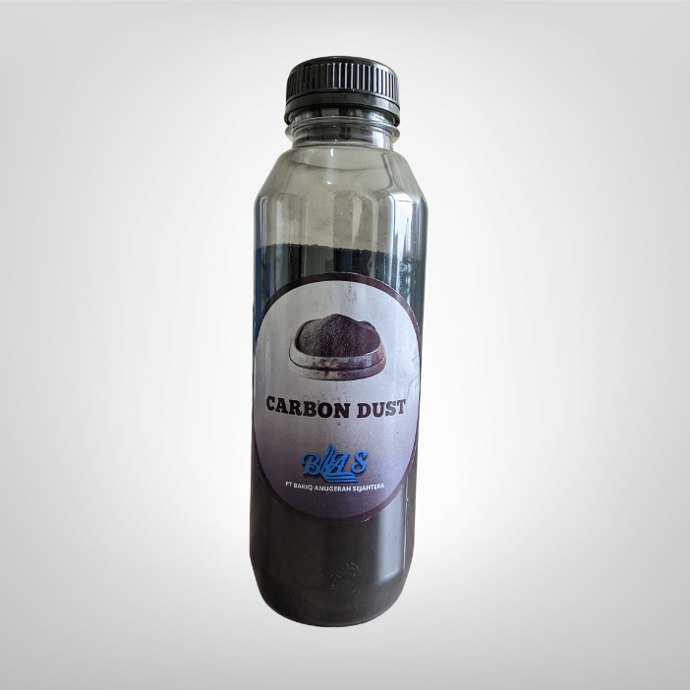Carbon Rubber Dust
What is Carbon Rubber Dust?
Carbon Rubber Dust is an alternative fuel made from oil factory waste that is dispersed over Indonesia. Used tires are typically burned in these factories, which creates this Carbon. Carbon dust is an excellent alternative fuel for use in industries, including cement, textile, and other enterprises that employ combustion in the production process, due to its high caloric content and affordable pricing.
Where is Carbon Rubber Dust be Used?
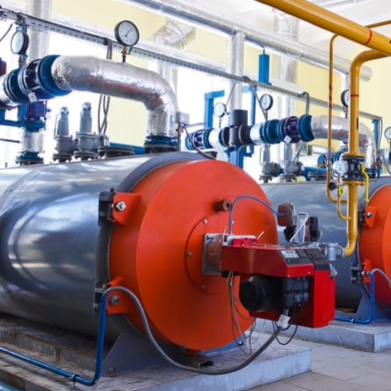
Industrial Heating
Industries like food processing, textile manufacturing, cement production, and chemical processing need heat, which can be supplied by utilizing carbon rubber dust as fuel in boilers or furnaces.
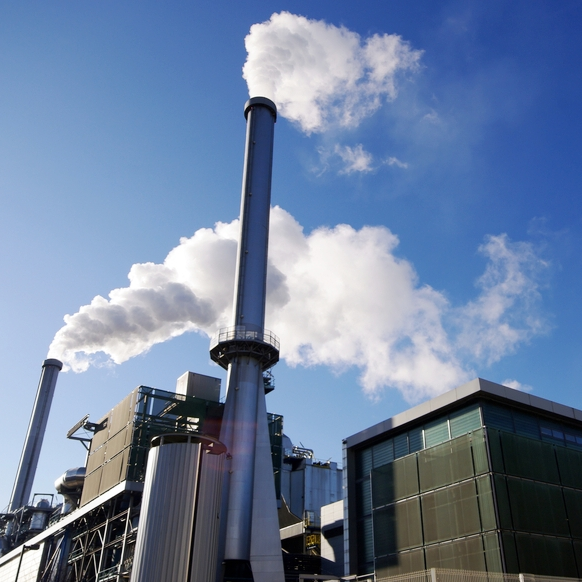
Incineration
In solid waste incinerators, blending carbon rubber dust with other waste materials enables the generation of electricity or heat, offering a sustainable approach to dispose of rubber waste and harnessing energy from combustion.
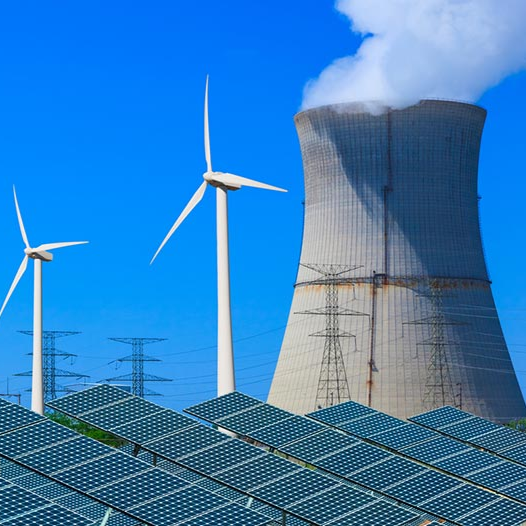
Energy Generation
Carbon rubber dust is primarily utilized as a renewable energy source, burned in boilers or furnaces to generate steam for electricity or industrial heat, reducing dependence on coal or fossil fuels in power plants or industrial settings.
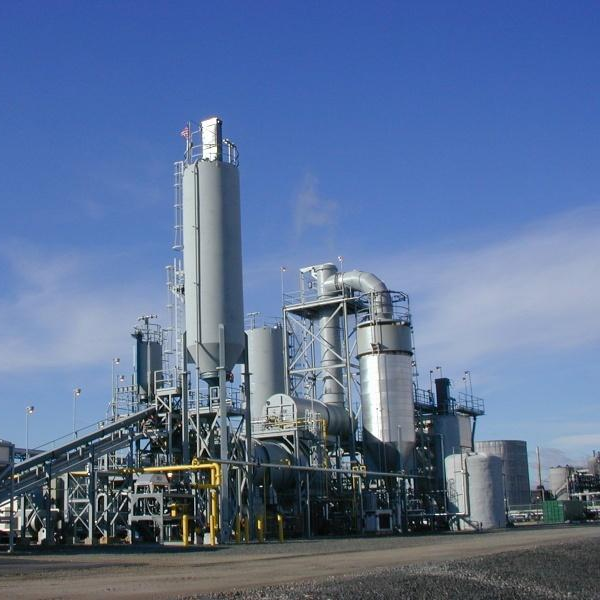
Cement Kilns
Utilizing carbon rubber dust as an alternative fuel in cement kilns offers a sustainable energy solution, reducing greenhouse gas emissions linked to coal combustion in the energy-intensive cement manufacturing process.
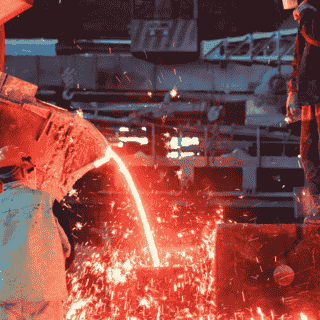
Steel Production
Carbon rubber dust can also be used as a reducing agent in iron and steel production processes. It can replace some of the coke traditionally used in blast furnaces, thereby reducing the carbon footprint of steelmaking operations.

Brick Making
Carbon rubber dust can be added to clay or other materials used in brick manufacturing to improve the burning properties of the bricks. This can help reduce fuel consumption and emissions during the firing process.
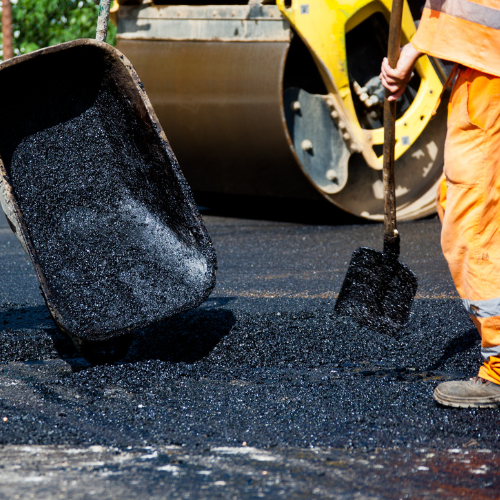
Asphalt Production
Carbon rubber dust in asphalt manufacturing can serve as a filler material, enhancing asphalt mix properties such as durability, strength, and weather resistance, thereby reducing the demand for new materials and extending road lifespan.
Why Use Carbon Rubber Dust?
Cost
Savings
Depending on factors such as local regulations, availability of raw
materials, and energy prices, using carbon black from rubber dust as a
substitute for coal may offer cost advantages for industries. Additionally,
some regions may provide incentives or subsidies for utilizing renewable or
recycled fuels, further enhancing the economic viability of this approach.
Environmental
Benefits
Burning coal for energy generation releases significant amounts of
greenhouse gases and pollutants such as sulfur dioxide, nitrogen oxides, and
particulate matter. In contrast, using carbon rubber dust as
a fuel can reduce emissions of these harmful pollutants, contributing to
improved air quality and reduced environmental impact.
Waste
Reduction
Rubber dust is a byproduct of various industrial processes,
particularly in the rubber manufacturing industry. Instead of disposing of this
waste material in landfills or incinerating it, converting it into a usable
fuel source provides a sustainable solution for waste management and helps
reduce the environmental burden associated with rubber waste disposal.
Resource
Efficiency
Coal is a finite resource that is extracted through mining
operations, which can have significant environmental and social impacts. By
using carbo rubber dust as a substitute for coal, industries can
reduce their dependence on finite fossil fuels and promote the use of renewable
or recycled resources, thereby enhancing resource efficiency and
sustainability.
Energy
Recovery
Carbon rubber dust contains energy that can be
harnessed through combustion. By utilizing this energy content, industries can
generate heat and power for various industrial processes, reducing their
reliance on traditional fossil fuels and lowering their carbon footprint.
-Conclusion -
Overall, using carbon rubber dust as a substitute for coal aligns with principles of sustainable development by mitigating environmental impacts, promoting resource efficiency, and supporting circular economy initiatives. However, it's important to consider technical feasibility, regulatory compliance, and market dynamics when implementing such substitution strategies.
